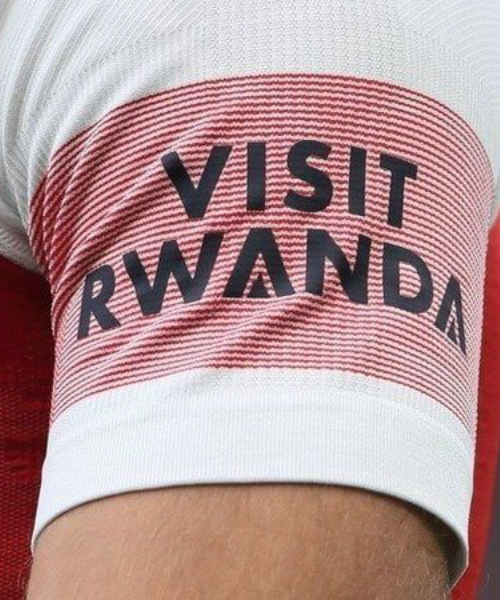A historic ceasefire between Israel and Hamas came into effect on October 10, 2025, marking a significant pause in one of the most protracted and devastating conflicts in recent years. The agreement, which includes a major exchange of hostages and prisoners, is widely seen as the result of months of complex and high-level negotiations involving several regional and international mediators. The truce was hailed as a humanitarian breakthrough, bringing long-awaited relief to civilians in Gaza who had endured relentless bombardments and shortages of basic supplies.
Khalil al-Hayya, a senior Hamas negotiator, welcomed the ceasefire and expressed his appreciation to all mediators, particularly President Donald Trump, for what he described as “a responsible and courageous effort” to end the bloodshed. Al-Hayya stated that Hamas had accepted the terms “with a sense of duty to our people and to peace,” emphasizing that the group received guarantees that the war would not resume. He also praised the role of Egypt, Qatar, and Turkey in ensuring communication and maintaining pressure on both sides to reach an agreement.
On the Israeli side, Prime Minister Benjamin Netanyahu described the day as “a great day for Israel,” expressing his heartfelt thanks to President Trump and his mediation team. Netanyahu acknowledged that the ceasefire represented “a step toward peace and the safe return of our people,” particularly the hostages held by Hamas. He stressed that Israel would continue to ensure that Hamas is disarmed and that future hostilities are prevented, while recognizing the importance of the U.S. leadership in shaping the terms that made the truce possible.
Donald Trump played an instrumental role throughout the negotiation process. Acting as a direct mediator, he coordinated discussions with leaders in both Jerusalem and Doha, often holding late-night calls to resolve key sticking points regarding prisoner exchanges and the future governance of Gaza. Trump’s team drafted the core framework of the ceasefire, which included humanitarian guarantees, a timetable for prisoner releases, and commitments to begin reconstruction under international supervision. His personal involvement and pressure on both parties helped overcome deep mistrust and paved the way for an agreement that neither side could easily reject.
In his televised address announcing the ceasefire, Trump declared, “Today, peace has a chance. Israel and Hamas have agreed to stop the violence and start rebuilding. All sides will be treated fairly.” He described the accord as “the beginning of a new chapter for the Middle East” and expressed optimism about rebuilding Gaza through an international “Board of Peace,” which would oversee aid distribution and reconstruction projects. Trump framed the deal not merely as a truce, but as a foundation for long-term stability, asserting that “America stands ready to support a future of peace and prosperity for all peoples of the region.”
Khalil al-Hayya echoed that sentiment, while cautioning that the ceasefire must be followed by “real guarantees” from the international community. He urged that Gaza’s reconstruction should be conducted with transparency and without political manipulation. Netanyahu, on his part, said Israel’s commitment to peace “must always go hand in hand with security,” emphasizing that the government would continue to monitor compliance closely. Both leaders, despite their opposing agendas, found common ground in publicly appreciating the decisive role played by Trump’s administration.
The ceasefire, though fragile, represents a rare moment of convergence between sworn adversaries. Trump’s mediation, balancing assertiveness with diplomacy, has been credited for breaking the stalemate that had paralyzed negotiations for months. His ability to secure support from regional powers and his insistence on fairness toward both sides elevated the deal beyond a temporary truce. Whether it endures will depend on the commitment of all parties, but for now, the leaders’ shared tone of gratitude marks a cautious step toward peace — and a reminder that even in the Middle East, diplomacy can still find a way.











